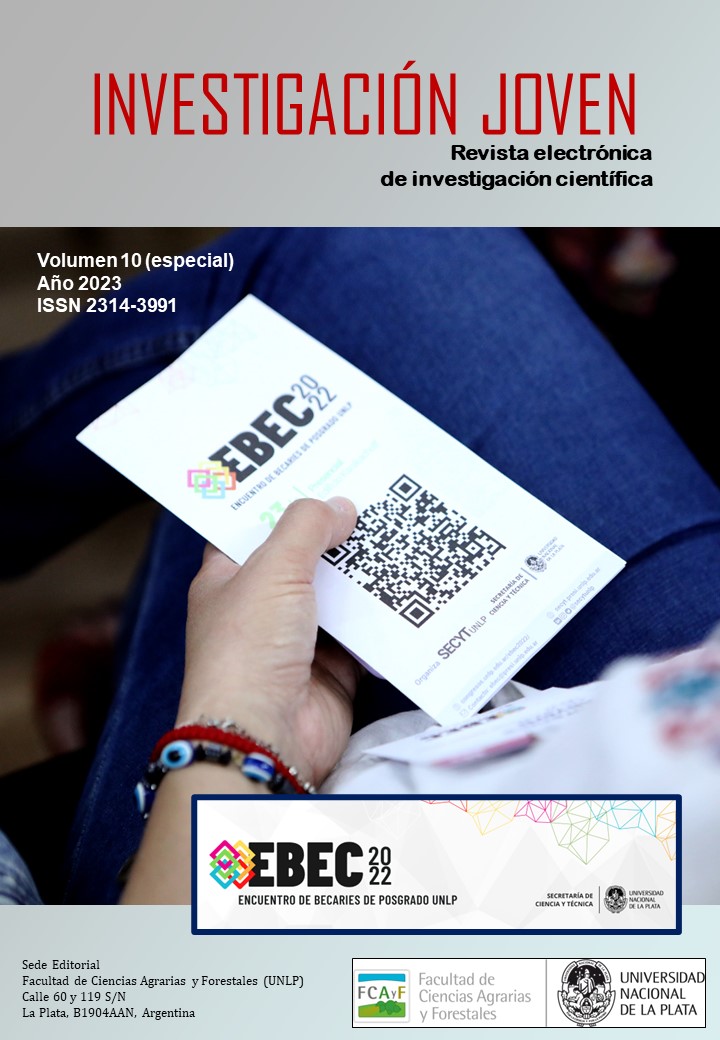Efecto de OPN3 y MC4R en las corrientes mediadas por KIR.1
Palabras clave:
patch clamp, corrientes, receptoresResumen
Encephalopsin (OPN3) is part of the opsin family of light-sensitive G-protein coupled receptors. OPN3 was discovered in deep brain regions, specifically the arcuate nucleus and the paraventricular nucleus of the hypothalamus, however there have been limited research in the functionality of OPN3. Oancea lab has discovered that OPN3 functions in a light independent manner and signals through Gai to negatively regulate the melanogenic Gαs-coupled MC1R in human epidermal melanocytes. Neuronal melanocortin receptors (MC3R and MC4R) are found in the arcuate nucleus and paraventricular nucleus of the hypothalamus and play non-redundant roles in mediating energy balance. Both MC3R and MC4R share similar structural identities to MC1R and have been found to couple to Gαs. Additionally, Cone and his colleagues found that MC4R couples to Kir7.1 in hypothalamic neurons independent of G-protein activity. Previous data in our lab has revealed that OPN3 colocalizes and forms a physical complex with MC4R. The goal of this study is to test the hypothesis that OPN3 functions to negatively modulate MC4R-mediated signaling. More specifically, we overexpress OPN3 and MC4R in HEK293 cells together with Kir7.1 and measured the potassium current at diferent potentials. We only observed a significant amount of current in cells coexpressing OPN3 and this effect seems to be occluded by MC4R addition. More experiments are required to fully understand the signaling cascade involved and what is the effect of MC4R agonists.
Descargas
Publicado
Número
Sección
Licencia
Derechos de autor 2023 Victoria Pinto, Jesica Raingo

Esta obra está bajo una licencia internacional Creative Commons Atribución-NoComercial-CompartirIgual 4.0.


















